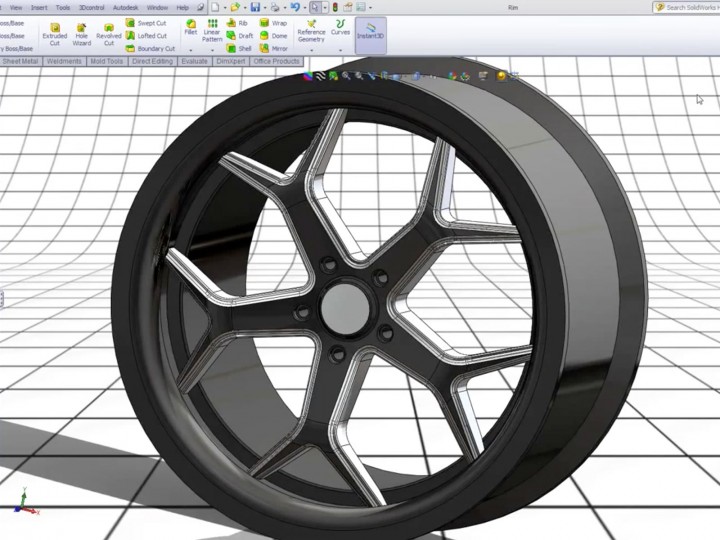
What is Product Design?
The definition of product design describes the process of imagining, creating, and iterating products that solve users’ problems or address specific needs in a given market.
The key to successful product design is understanding the end-user customer, the person for whom the product is being created. Product designers attempt to solve real problems for real people by using empathy and knowledge of their prospective customers’ habits, behaviors, frustrations, needs, and wants.
Ideally, product design’s execution is so flawless that no one notices; users can intuitively use the product as needed because product design understood their needs and anticipated their usage.
Good product design practices thread themselves throughout the entire product lifecycle. Product design is essential in creating the initial user experience and product offering, from pre-ideation user research to concept development to prototyping and usability testing.
But it doesn’t end there, as product design plays an ongoing role in refining the customer experience and ensuring supplemental functionality and capabilities get added in a seamless, discoverable, and non-disruptive manner. Brand consistency and evolution remain an essential product design responsibility until the end of a product’s lifespan.
And it’s much more than just what users see on their screens. System design and process design are critical behind-the-scenes components that eventually drive users to see and interact with the interface design.
What is the Product Design Process?
The details of the product design process will vary from company to company, but these professionals tend to follow a similar philosophy or framework when it comes to design thinking.
The design-thinking process involves several steps:
1) Empathize with people
2) Define the problem
3) Ideate a solution
4) Build a prototype
5) Test the solution
Although the design process is organised linearly, it does not necessarily proceed in a linear path. Sometimes the results learned in a given step lead the team back to repeat or refine an earlier step. The product design process never truly stops, even once a product reaches maturity. That’s because technology and how users interact with it keep evolving. Take the ever-increasing importance of mobile devices. For years, mobile apps and phone-friendly websites had limited capabilities, while the bulk of the user experience required a full computer. But product designers have had to keep pace with shifting usage patterns, bringing more and more functionality to smaller screens to meet the real-world usage preferences of customers. And with each new technological innovation, product design must determine its potential impact on the user experience and adjust accordingly.
The 7 stages of new product development
When it comes to new product development, each journey to a finished product is different. Although the product development process can vary from company to company, it's possible to break it down into seven main stages.

